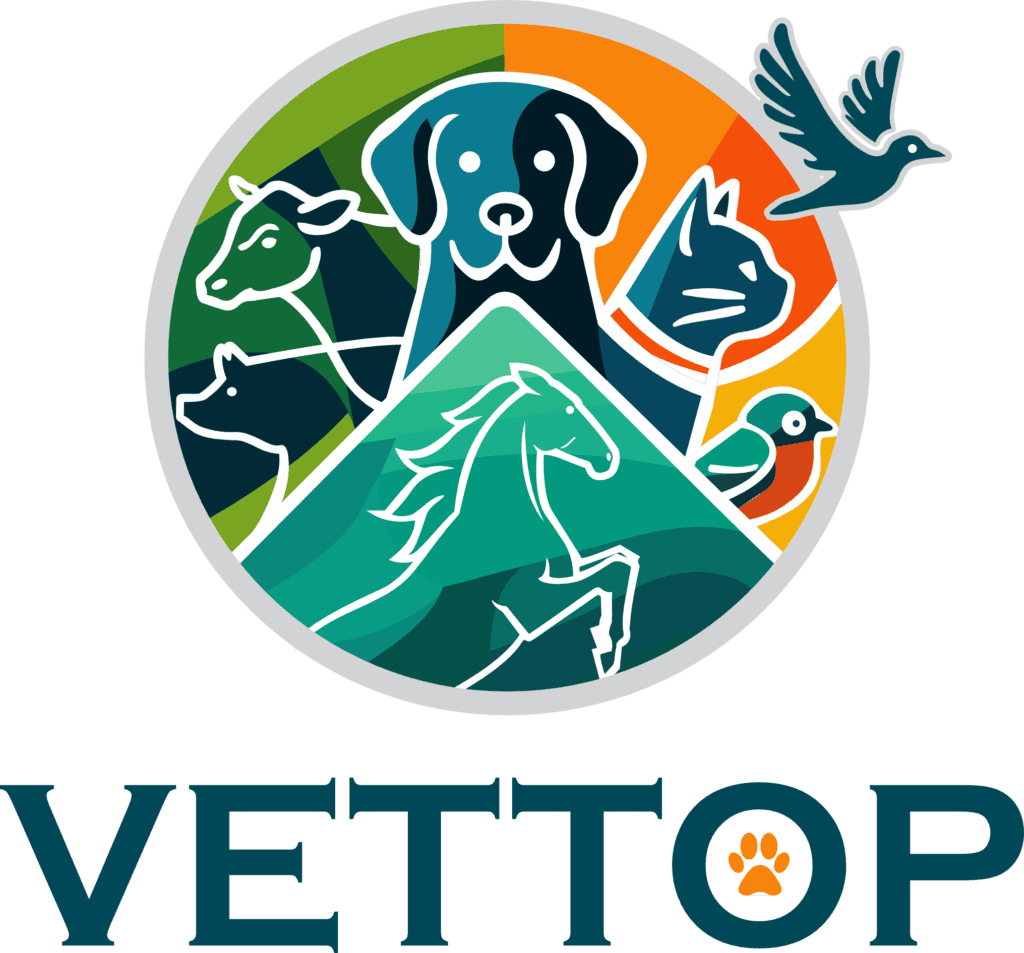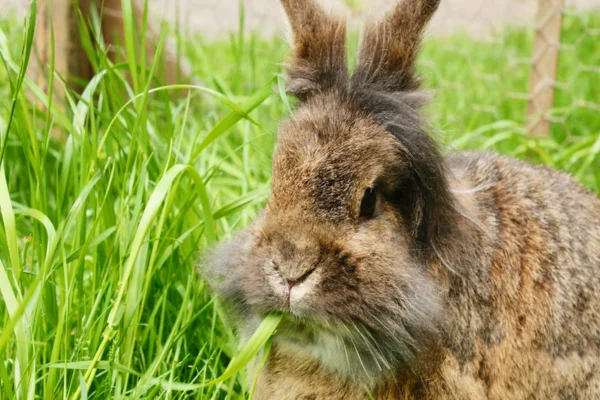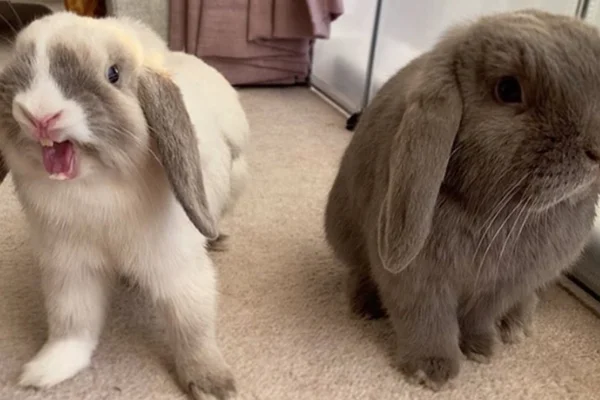The Elegance of Angora Rabbits
Imagine a furry little creature that looks like a living cotton cloud. Angora rabbits, known for their long, silky fur, are one of the most iconic and beloved rabbit breeds in the world. Originally from Turkey, these little animals have won hearts around the globe with their unique beauty and charming personality. In this article, we'll explore the origin, characteristics, essential care and curiosities about this adorable breed.
A bit of history
The history of Angora rabbits dates back to the 18th century, when they were introduced to Europe. Initially, these rabbits were bred mainly for their luxurious wool, which was highly prized in the textile industry. The word "Angora" comes from Ankara, the capital of Turkey, where these rabbits originated. Over time, the breeding of these animals expanded to other parts of the world, including Europe and North America, where they became popular as pets.
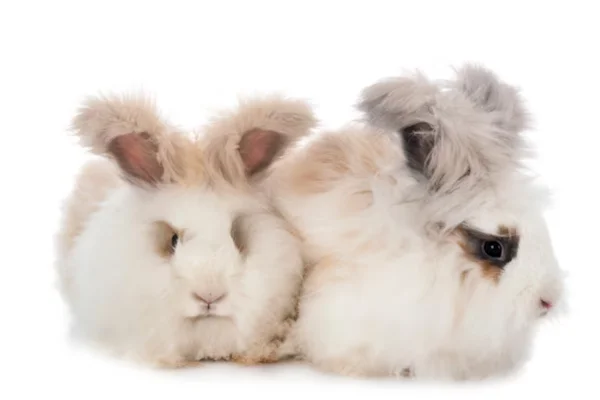
Varieties of Angora rabbits
There are several varieties of Angora rabbits, each with its own particularities in terms of size, wool texture and physical characteristics. The main varieties include:
Contents
- English AngoraEnglish Angora: Known for its especially fine and long coat, the English Angora is one of the smallest in size, but with impressive wool that even covers the ears and face.
- French AngoraIt has a denser coat and is less "woolly" in areas such as the face and paws, making it easier to care for.
- German Angora: This variety is known for its high wool production. They are robust rabbits with a coat that needs frequent grooming to avoid knots.
- Giant AngoraAs the name suggests, they are larger than other varieties and produce a significant amount of wool. Their coat is dense and soft, ideal for producing textile fibers.
Each of these varieties has its own unique characteristics, but they all share the same need for special care due to their coat.
Essential care
Caring for an Angora rabbit requires dedication and attention, especially when it comes to maintaining its coat. Below, we highlight some essential care:
1. regular brushingDaily brushing is essential to prevent knots from forming and to remove loose hairs, which can be ingested by the rabbits during self-cleaning, leading to digestive problems.
2. Proper nutritionA diet rich in fiber, consisting mainly of hay, is essential for the digestive health of Angora rabbits. In addition, a moderate amount of feed and fresh vegetables should be included.
3. Exercise and EnrichmentDespite their cute and delicate appearance, Angora rabbits are active animals that need space to exercise. Providing a safe and stimulating environment is crucial to their well-being.
4. HygieneKeeping the environment clean and dry is vital to avoid skin problems and infections. In addition, regularly checking rabbits for parasites is important for their health.
Personality and Behavior
Angora rabbits are known for being docile and friendly, which makes them great pets. They are generally calm, but they also have moments of playfulness and curiosity. It's important to socialize them from an early age so that they get used to human contact and feel comfortable in different situations. In addition, they are intelligent animals who can learn to use a litter box and even respond to positive reinforcement training.
The Wool of the Angoras: A Treasure of Softness
Angora rabbit wool is one of the softest natural fibers in the world. It is used to make luxurious yarns and fabrics, prized for their lightness, warmth and softness. Angora rabbits must be sheared carefully to ensure the animal's comfort and the quality of the wool. Normally, shearing is carried out every three months, depending on how fast the coat grows.
The production of Angora wool can be a sustainable and ethical activity, as long as it is carried out with respect and care for the welfare of the animals. In many cases, shearing is done manually, using techniques that ensure the rabbits don't suffer during the process.
Ideal Environment for Angora Rabbits
Angora rabbits need an environment that promotes both physical and emotional well-being. Here are some important considerations:
1. adequate space:
Angora rabbits are active and need enough space to move around and explore. Whether indoors or outdoors, it is crucial to provide a safe and spacious area where they can jump and exercise. Cages or enclosures should be large, allowing the rabbit to stretch out fully and move around easily.
2. Substrate and Hygiene:
The substrate of the resting area should be comfortable and safe. Avoid materials that could cause irritation or be ingested. Straw, hay or specific mats for rabbits are good options. Regular cleaning is essential to prevent the accumulation of urine and feces, which can cause infections or discomfort.
3. Climate and ventilation:
Angora rabbits are sensitive to heat due to their dense fur. During the warmer months, it is important to ensure that the environment is cool and well ventilated. Fans or air conditioning may be necessary to maintain a comfortable temperature. In winter, it is important to ensure that they are protected from cold drafts and have access to a warm place.
4. Environmental enrichment:
To keep Angora rabbits' minds active, we recommend offering them safe toys and climbing frames. Cardboard boxes, tubes and wooden toys are great options for stimulating their natural exploration and chewing behavior.
Feeding Angora rabbits
Diet is a crucial aspect of Angora rabbits' health. Proper nutrition helps to keep the digestive system working properly and to avoid problems such as hairballs in the stomach.
1. Hay:
High-quality hay should be the basis of Angora rabbits' diets. It is essential for their digestive health and helps with the natural wear and tear of their teeth, which are constantly growing. Offer fresh hay daily, ensuring that it is always available.
2. Feed:
Commercial feed specifically for rabbits should be offered in moderate quantities. Choose a feed that is high in fiber and low in protein and fat. Avoid feed with ingredients such as corn or seeds, which can be harmful.
3. Fresh Vegetables:
Green leafy vegetables are an excellent source of vitamins and minerals. Romaine lettuce, spinach, kale and herbs such as parsley and basil are good options. Introduce new vegetables gradually and watch for any adverse reactions.
4. Fruits and treats:
Fruit can be offered as an occasional snack, due to its high sugar content. Apples (without seeds), carrots, strawberries and bananas are examples of fruit that can be given in moderation.
5. Fresh Water:
Water should always be available and changed daily. Use a specific drinking fountain for rabbits or a heavy container that cannot be easily knocked over.
6. Avoid Dangerous Foods:
Certain foods can be harmful to rabbits. Avoid feeding foods such as iceberg lettuce, potatoes, onions, chocolate and dairy products. These foods can cause serious health problems.
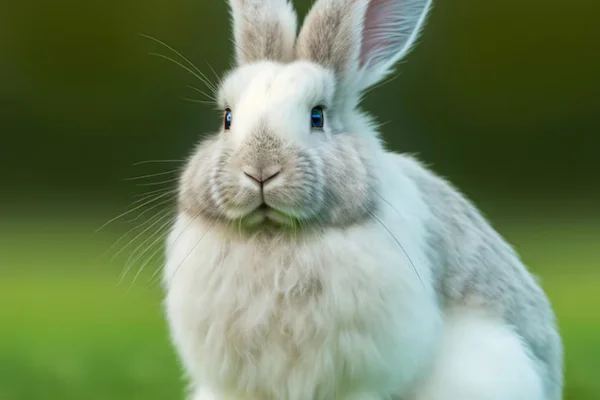
Curiosities
- Limited vision: Due to the amount of fur around their eyes, Angora rabbits may have limited vision. This makes it even more important to create a safe and obstacle-free environment.
- Heat Sensitivity: Due to their dense fur, these rabbits are particularly sensitive to heat. It is crucial to keep them in a cool, well-ventilated environment during the warmer months.
- LongevityWith proper care, Angora rabbits can live between 7 and 12 years, which is relatively long for rabbits.
Final considerations
Adopting an Angora rabbit means making a commitment to care and affection. Their majestic fur and charming personality make them wonderful companions, but they also require a level of dedication to ensure their health and well-being. If you're considering welcoming one of these adorable animals into your home, make sure you're prepared to meet its specific needs. With love and attention, Angora rabbits can bring a lot of joy and warmth into your life.
Thank you for visiting us and check out our other work
